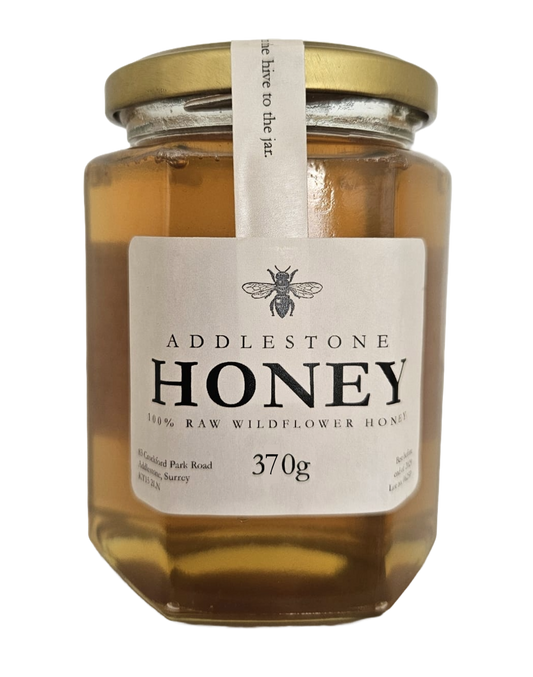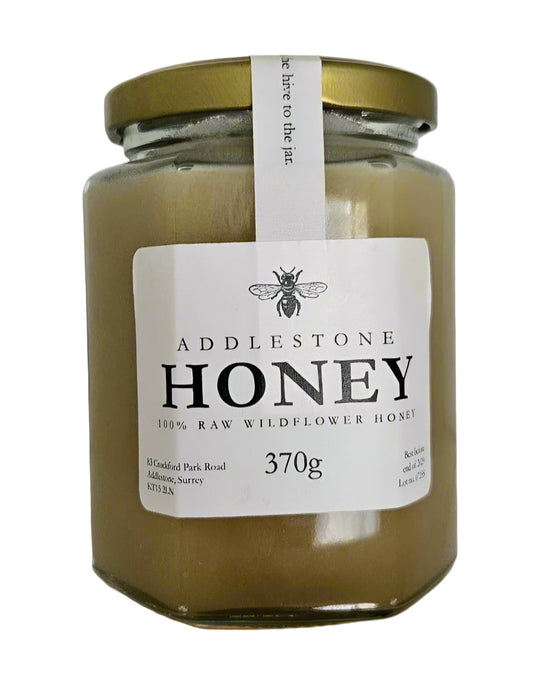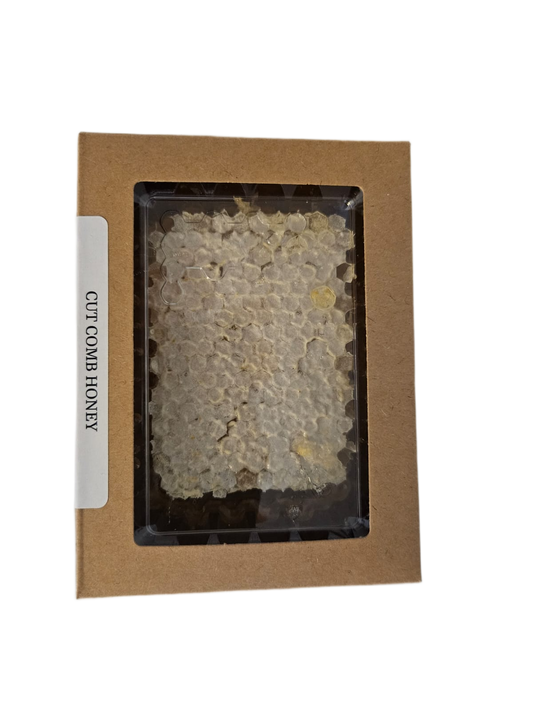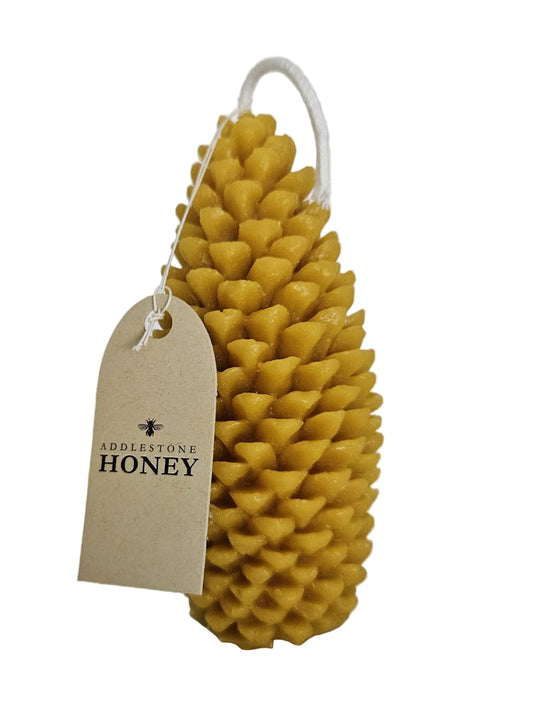
Crystallisation is a natural process where the glucose (the simplest and most abundant of sugars) and fructose (common in fruit) sugars in raw honey separate and form crystals. Crystallised honey is just as good as runny honey, it tastes the same in either state. The difference is only aesthetic.
Why is raw honey more likely to crystalise?
Raw honey is more likely to crystalise than supermarket honey, as it contains small particles of pollen, beeswax, bee glue (propolis) and other nutrients, which encourage the start of the crystallisation process.
What causes honey crystallisation?
- Temperature: Lower temperatures increase the incidence of crystallization, while warmer temperatures prevent it.
- Pollen: Pollen in raw honey can cause crystallization to occur.
- Water content: Low water content increases the chances of crystallization. Honey must have a water content below 19%. Some honey has water content as low as 14%.
- Age: The longer you have honey, the more likely it is to crystalise.
- Flowers: The types of flowers bees forage on affects the crystallization rate of honey.
How to reliquefy crystallised honey
Place the sealed jar in warm water below 42 Celsius until the sugars melt back to form a liquid honey consistency. The goal is to get all the honey in the jar to around 40C.
For larger quantities of jars, I create a simple rack above a radiator, which I place the jars upon. I then monitor the temperature and transparency of the honey over time.
I know someone who is lucky enough to have an AGA. He places jars into the oven at low heat, and leaves them over night.
Professional beekeepers use purpose built Honey warming cabinets.








